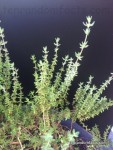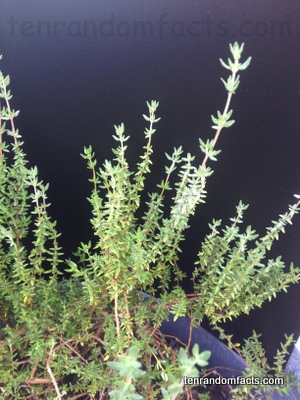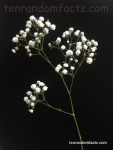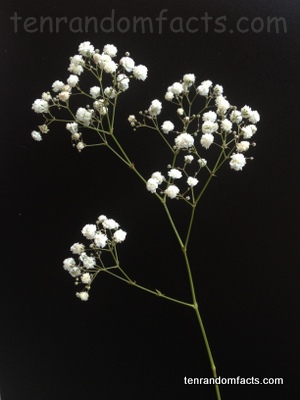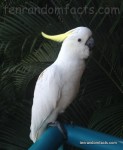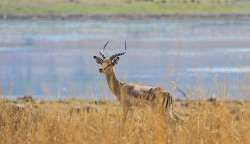
I’m impala’d by the many different types of antelopes in the world.
- Impalas are a species of antelope native to southern areas of Africa, while in some areas they have been introduced.
- An impala has the scientific name Aepyceros melampus, and it is from the family Bovidae, the family of ruminant cloven-hoofed mammals, and a number of subspecies exist.
- Typically, the body of impalas grow to be 68 to 99 centimetres (27 to 39 inches) in height and the animal usually weighs between 37 to 76 kilograms (82 to 168 pounds).
- Impalas live in herds, in habitats of warmer temperatures and a sustainable amount of vegetation, such as savannahs, woodlands and grasslands.
- Impalas are generally brown and tan in colour, with undersides that are white; and their diet consists primarily of vegetation, including grass, plants, seeds, fruits and flowers.
Imapala
Image courtesy of Tambako the Jaguar/Flickr
- Impala spiral shaped horns, that are unique to the males, can grow to be larger than the animal itself, as lengths can be 45 to 97 centimetres (18 to 38 inches).s
- Impalas are preyed on by hyenas, lions, leopards, cheetahs and crocodiles, and have an average lifespan of 12 to 15 years.
- An impala has the ability to leap up to 3 metres (10 feet) in the air and as far as 10 metres (33 feet), and can run at a speed of up to 48 km per hour (30 miles per hour).
- Impala females generally give birth to one young at a time, and the mother will attempt to protect the fawn by hiding it for a number of days or weeks.
- Although these antelopes are classified as Least Concerned, the black-faced impala subspecies are threatened by human hunting and hybridisation with the common species.
Bibliography:
Impala, 2013, A-Z Animals, http://a-z-animals.com/animals/impala/
Impala, 2015, National Geographic, http://animals.nationalgeographic.com.au/animals/mammals/impala/
Impala, 2015, Wikipedia, http://en.wikipedia.org/wiki/Impala












